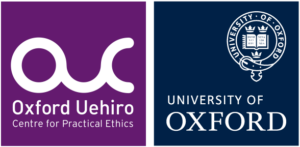Should We Be Erasing Memories?
By S. Matthew Liao, Anders Sandberg, and Julian Savulescu
Scientists from the Medical College of Georgia in the US recently claimed to be able selectively to wipe out traumatic memories. These scientists experimented with mice and found that a particular protein plays a crucial role in the formation of memories. When they made the mice produce an excess of this protein, memories of painful events were completely eliminated. Such research raises hope for treating conditions such as post-traumatic stress disorder (PTSD), in which painful memories become intrusive and damage an individual’s ability to live an ordinary life. In theory, such memories could either have their emotional strength reduced or be blotted out altogether. In practice we are still some distance away from being able to achieve this, but it does not seem unreasonable to think that within the next decade we will be able to control the erasing of memory.
